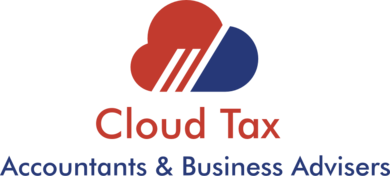The Employment Allowance is a National Insurance allowance that enables eligible employers to reduce their employers’ (secondary) Class 1 National Insurance bill by up to £4,000. However, not all employers can benefit – there are some important exclusions.
Eligible employers
To qualify for the Employment Allowance, the employer’s Class 1 National Insurance liabilities for 2020/21 must be less than £100,000. Where the employer is part of a group, the £100,000 limit applies to the group as a whole, not the individual group companies.
The Employment Allowance is not available to companies where the sole employee is also a director. This rules out most personal companies. However, family companies with more than one employee are able to claim.
There are other exclusions too, for example, employers who employ someone for personal, household and domestic work unless the worker is a care or support worker.
Amount of the allowance
The Employment Allowance is set at the lower of £4,000 and the employer’s secondary Class 1 National Insurance liability for the year. Once claimed it is set against the employer’s Class 1 liability until it is used up.
Example
A Ltd is eligible for the Employment Allowance. Its secondary Class 1 National Insurance liability is £1,500 a month. It claimed the Employment Allowance at the start of the 2021/22 tax year. The allowance is used as follows:
Month 1: £1,500 of the Employment Allowance is set against the liability for the month of £1,500, leaving nothing to pay. The remaining Employment Allowance of £2,500 (£4,000 – £1,500) is carried forward.
Month 2: £1,500 of the Employment Allowance is set against the liability for the month of £1,500, leaving nothing to pay. The remaining Employment Allowance of £500 (£2,500 – £1,500) is carried forward.
Month 3: The remaining £500 of the Employment Allowance is set against the liability for the month of £1,500, leaving £1,000 to pay. The Employment Allowance has now been used in full.
Months 4 to 12: The Employment Allowance has been used in full, so the employer’s Class 1 National Insurance liability for the month of £1,500 is payable in full.
Claiming the allowance
The Employment Allowance is not given automatically and must be claimed each year. This can be done through the payroll software, or via HMRC’s Basic PAYE Tools if the payroll software does not have an Employment Payment Summary (EPS) feature.
Although claims can be made at any time in the tax year, the earlier the claim is made, the earlier the employer will start benefiting from the Employment Allowance.
Claims can also be made retrospectively for the previous four tax years if the employer was eligible for the Employment Allowance, but did not claim it.
For more information, Book a Free Consultation!

